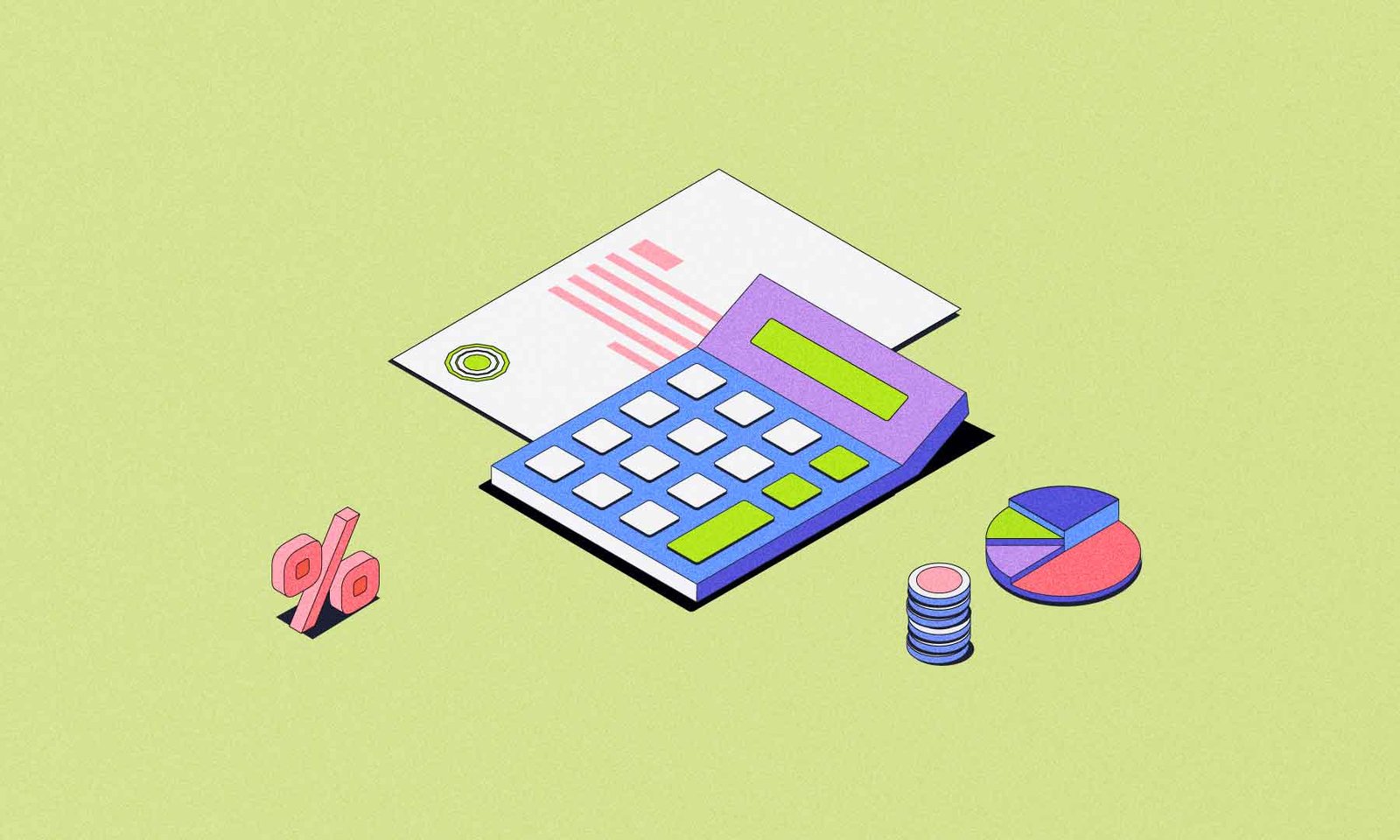Understanding how tax works is a big deal for everyone. With new slab changes rolling out in 2025, staying informed can save you money and reduce unnecessary stress. This guide breaks it all down step-by-step to help you calculate your taxes confidently.
Understanding Tax Slabs
Understanding that all tax slabs are the backbone of income tax calculations. And the concept can sound different, but it’s easier than you might think.
Definition of Tax Slabs
Here is the definition of a tax slab: a range that determines how much tax you owe based on your annual income. Think of it like a ladder, where higher income generates a higher step and higher tax rates. A person earning $50,000 might pay a different rate than someone making $100,000, for instance.
How Tax Slabs Affect Taxpayers
Tax slab changes have ripple effects on individuals and families. Whether you’re working your first job or running a household, new rates can impact disposable income and financial planning. Want to learn how tax brackets affect you directly? This explainer breaks it down in detail.
Overview of the Latest Changes for 2025
revised tax rates and deduction revisions for the 2025 tax year, which are impacted by inflation. What you should know is as follows: 2025 Tax Rate Transformation.
Here’s what you need to know.
The cost joint for 2025 is as follows: 10%, 12%, 22%, 24%, 32%, 35%, and 37%.
These rates reflect federal income taxes for various income levels. Check the specific figures for each bracket to ensure accurate calculations.
Adjustments to Standard Deductions
You can see the basic deductions are increasing, which is good news for most taxpayers. In 2025, single filers can claim $15,000, while marital couples filing mutually can deduct $30,000. These changes could reduce taxable income across the board. More details are available on the IRS adjustments page.
Steps to Calculate Your Taxes
Ready to crunch numbers? Follow this simple process to calculate your rate efficiently with the latest indication.
Step 1: Assemble Necessary Financial files
Start by collecting essential documents like:
- W-2s from employers
- 1099 forms for freelance/contract income
- Receipts for deductible expenses
- Statements for investment income
Step 2: Calculate Taxable Income
You can calculate your taxable income by your gross income negative deductions. For instance, if you earned easily $80,000 and claimed $15,000 as a standard and high deduction, your taxable income is $65,000. Resources like the IRS withholding estimator can simplify this process.
Step 3: Apply the Correct Tax Rates
I’m using the new tax slabs to determine how much tax you owe. Here’s an example for someone or everyone that matters making $75,000:
- The first $11,000 is rated at 10%.
- Cash between $11,001 and $44,725 is taxed at 12%.
- The rest, up to $75,000, is taxed at 22%.
Add these amounts to get your total tax liability.

Photo by Leeloo The First
Using Tax Calculators and Resources
Calculating taxes manually can feel overwhelming, but online tools and resources can help.
Benefits of Tax Calculators
Tax calculators simplify the process by estimating what you’ll owe based on your input. By entering income, deductions, and credits, you get a quick overview without the headache. SmartAsset’s tax calculator offers a user-friendly option.
Where to Find Reliable Information
Need trustworthy resources? Stick to official and credible sites like:
- IRS.gov
- H&R Block’s calculator tool
- Tax Foundation
These floors ensure that you’re working with the most up-to-date information.
Conclusion
The 2025 tax slab adjustment might feel like a lot to digest, but understanding it can actually allow you as a taxpayer. Knowing the latest rates, adjustments, and tools available puts you in control. Use the steps outlined here and lean on trusted resources like the IRS and tax calculators to make this tax season a breeze. Stay informed—it’s worth it.
Also read: The Battle of Bhima Corgoan
